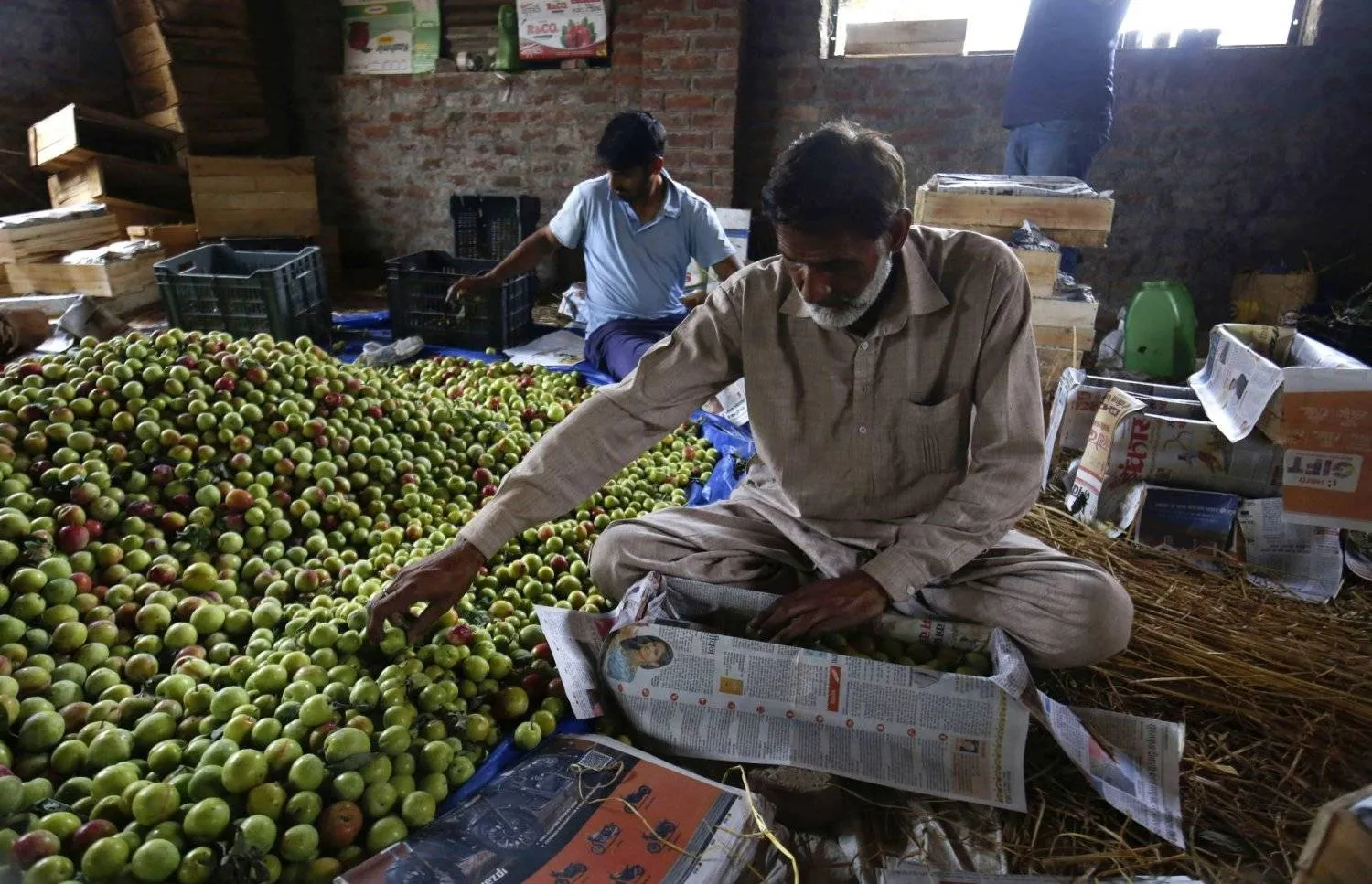Emerging economies have increasingly driven global agricultural market developments over the last 20 years and are projected to continue to do so over the next decade, but with regional shifts linked to changing demographics and new economic affluence, according to a report released on Tuesday by the Food and Agriculture Organization of the UN (FAO) and the Organization for Economic Cooperation and Development (OECD).
The OECD-FAO Agricultural Outlook 2024-2025 is the key global reference for medium-term prospects for agricultural commodity markets, and this year’s edition marks the 20th edition of the joint publication.
For two decades, the report has analyzed trends in the demographic and economic drivers of agricultural commodity supply and demand, projected the shifts in production and consumption locations, and assessed the resulting changes in international agricultural trade patterns.
According to the report, seen by Asharq Al-Awsat, a notable shift expected over the coming decade is the increasing role of India, Southeast Asia and Sub-Saharan Africa and the declining role played by China.
It said that while China accounted for 28% of growth in global consumption of agriculture and fisheries in the previous decade, its share of additional demand over the coming decade is projected to fall to 11%, attributed not only to a declining population and slower income growth but also to a stabilization of nutrition patterns.
Also, India and Southeast Asian countries are projected to account for 31% of global consumption growth by 2033, driven by their growing urban population and increasing affluence.
Among predominantly low-income regions, the report said Sub-Saharan Africa is projected to contribute a sizeable share of additional global consumption (18%), primarily due to population growth-driven demand for food.
Total agricultural and fisheries consumption (as food, feed, fuel and other industrial raw materials) is projected to grow by 1.1% annually over the next decade, with nearly all of the additional consumption projected to occur in low- and middle-income countries.
The report noted that food calorie intake is expected to increase by 7% in middle-income countries, largely due to greater consumption of staples, livestock products and fats.
Meanwhile, calorie intake in low-income countries will grow at 4%, too slowly to achieve the Sustainable Development Goal target of zero hunger by 2030.
“The Outlook confirms the need to implement strategies that bridge productivity gaps in low- and middle-income countries to increase domestic production and boost farmers’ incomes,” said FAO Director-General QU Dongyu.
For his part, OECD Secretary-General Mathias Cormann said, “This Outlook has served as a valuable reference for policy planning, providing a sound evidence base and data for medium-term prospects for agricultural commodity markets. Over the coming decade, the volumes of agricultural commodities traded globally is expected to increase between net exporting regions and net importing regions, but with regional shifts reflecting increased global consumption in India and Southeast Asian countries.”
He added, “Well-functioning agricultural markets, reducing food loss and waste, and more productive and less polluting forms of production will remain critically important for global food security and to ensure rural livelihoods can and do benefit from global agrifood value chains.”
Reducing food loss and waste
According to the report, growth in crop production is projected to be driven primarily by productivity increases on existing land rather than an expansion of the cultivated area, leading to a decline in agriculture’s global greenhouse gas (GHG) emissions intensity.
Similarly, it said a significant proportion of the growth in livestock and fish production is also expected to result from productivity improvements, although herd expansions will also contribute to production growth.
Meanwhile, direct emissions from agriculture are therefore projected to increase by 5% over the projection period.
The report said that despite these expected productivity improvements, particularly in least productive countries in Africa and Asia, significant productivity gaps are projected to persist, challenging farm incomes and food security and increasing countries’ requirements for food imports.
Also, technological gaps, limited input use and natural climatic conditions remain some of the key factors underpinning disparities in agricultural productivity, it noted.
The report also said that well-functioning international agricultural commodity markets will remain important for global food security, as 20% of calories are traded and rural livelihoods can benefit from participation in markets and global agrifood value chains.
It then revealed that the underlying causes behind the peaks in international agricultural prices experienced in 2022 are subsiding and real international reference prices for main agricultural commodities are projected to resume their slight declining trend over the next 10 years.
However, this report notes that this may not be reflected in local retail food prices.
Also, this year's Outlook features a scenario that simulates the impact of halving food losses along supply chains and food waste at the retail and consumer levels by 2030.
It said the scenario projects a potential 4% reduction in global agricultural GHG emissions by 2030, distributed relatively evenly across countries regardless of income levels.









